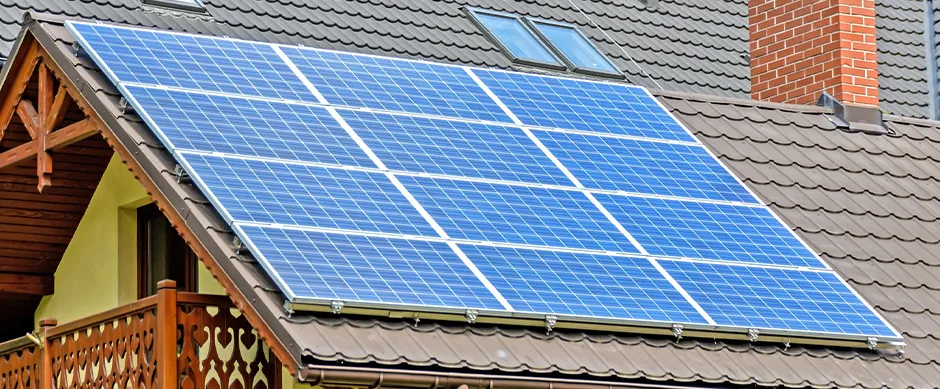Comparing Solar Micro Inverters and String Inverters for Optimal Energy Efficiency
Solar Micro Inverters vs. String Inverters A Comprehensive Comparison
As the demand for renewable energy continues to rise, solar power stands out as a leading choice for both residential and commercial applications. Among the key components of solar energy systems are inverters, which convert the direct current (DC) generated by solar panels into alternating current (AC) that can be used by household appliances or fed into the grid. The two primary types of solar inverters are microinverters and string inverters. Each has its advantages and disadvantages, making it important for potential solar energy users to understand the differences before making a decision.
What is a String Inverter?
String inverters are the most commonly used type of inverter in solar installations. They operate by connecting a series of solar panels (or a “string”) to a single inverter. The generated DC electricity is routed through the inverter, where it is converted into AC electricity. String inverters can be an effective and economical solution for many solar installations, especially when the panels are installed in areas that receive uniform sunlight.
Advantages of String Inverters
1. Cost-Effectiveness String inverters typically have a lower upfront cost compared to microinverters. For many homeowners, this makes them an attractive choice. 2. Simplicity The installation of string inverters is relatively straightforward. Fewer components mean less complexity during setup.
3. Durability String inverters are often robust and can last for a long time, usually around 5 to 10 years longer than microinverters.
Disadvantages of String Inverters
1. Performance Issues If one panel in the string experiences shading, dirt, or malfunctions, it can affect the performance of the entire string. This phenomenon is known as the one bad apple effect.
2. Design Limitations String inverters are less flexible in terms of installation. If the array has different orientations or shading conditions, a string inverter may not perform optimally.
What is a Micro Inverter?
solar micro inverter vs string inverter

Microinverters are smaller devices that attach to each solar panel, allowing each to operate independently. They convert the DC electricity generated by each panel into AC electricity on-site. This means that microinverters can optimize the output of each solar panel individually, even if some panels are shaded or experiencing performance issues.
Advantages of Micro Inverters
1. Higher Energy Output By optimizing the performance of each panel, microinverters can increase the overall energy output of the solar array, especially in conditions with partial shading.
2. Flexibility in Design Microinverters allow for more flexible panel layouts, enabling users to install panels at different angles or orientations without significant losses in efficiency.
3. Panel-Level Monitoring Many microinverter systems offer advanced monitoring options, allowing users to track the performance of each panel individually. This can assist in identifying and addressing any issues quickly.
Disadvantages of Micro Inverters
1. Higher Cost Microinverters generally come at a higher initial investment compared to string inverters, which can be a deterrent for some homeowners.
2. Complexity in Installation Installing microinverters can be more complex, as each inverter must be connected to its respective panel. This can increase installation time and labor costs.
3. Reliability Concerns With more components involved, there’s a higher chance that one of the microinverters could fail. However, most microinverters are designed to last for around 25 years, similar to the lifespan of solar panels.
Conclusion
Choosing between microinverters and string inverters largely depends on specific installation conditions, budget, and individual preferences. String inverters may be ideal for homeowners with unobstructed rooftops and a tighter budget, while microinverters may be the better choice for those with shading issues or a more complex roof design. Ultimately, understanding the unique features and benefits of each option will empower solar energy users to make informed decisions that best suit their energy needs. As the solar industry continues to evolve, staying informed on the latest advancements in inverter technology will also help guide future choices.
-
Unlocking Energy Freedom with the Off Grid Solar InverterNewsJun.06,2025
-
Unlock More Solar Power with a High-Efficiency Bifacial Solar PanelNewsJun.06,2025
-
Power Your Future with High-Efficiency Monocrystalline Solar PanelsNewsJun.06,2025
-
Next-Gen Solar Power Starts with Micro Solar InvertersNewsJun.06,2025
-
Harnessing Peak Efficiency with the On Grid Solar InverterNewsJun.06,2025
-
Discover Unmatched Efficiency with the Latest String Solar InverterNewsJun.06,2025







